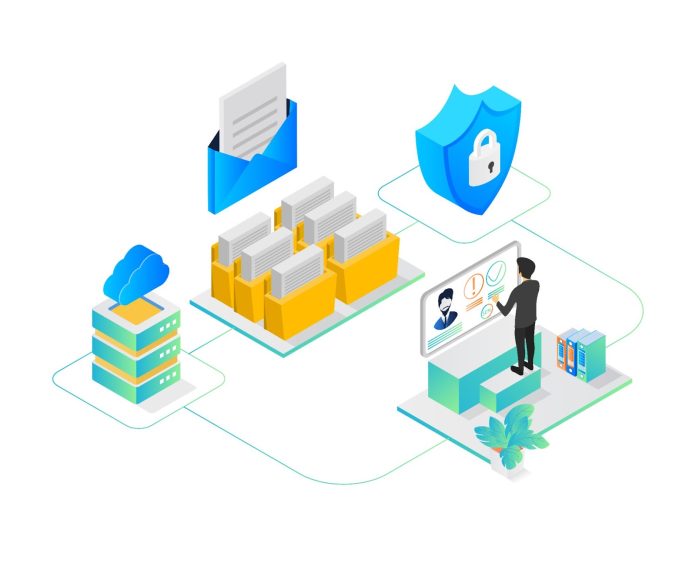External sharing is a standard feature in most enterprise collaboration platforms. It allows users to connect with external services and share the files they are working on. SharePoint is no exception and it provides external sharing as well.
Before you take advantage of this feature, keep in mind that there are both pros and cons to using external sharing in your SharePoint deployments. Keep reading to learn more about external sharing in SharePoint.
What is External Sharing?
External sharing is when you allow external users to access items from SharePoint via different platforms. The External users can then work with those items from their desktop, laptop, or mobile devices. External sharing with SharePoint is a basic feature that most modern collaboration platforms support. It is especially helpful for organizations that use external applications. When you enable external sharing in SharePoint, you create a connection with an external service. This connection defines how and what types of files can be shared. Then, you give users in the organization permission to connect to that connection.
When they do so, they can then access the items in the SharePoint environment using that connection. External sharing is useful in several different scenarios:
- Users can work on the same documents as your team members or team members can share documents with external users.
- External users can use SharePoint to store and share files that are connected to other applications such as CRM or project management systems.
- External users can use SharePoint to collaborate with their team members. This can be useful for teams that work remotely or teams that use different devices and applications.
Why Use External Sharing in SharePoint?
External users can exchange files with your organization using external connections. This allows external users to work with your files using different applications. For example, they can use Google Drive, Dropbox, Box, and so on. External users can also connect to services such as Office 365, Amazon S3, and Azure Blob Storage. External connections also allow your teams to work with external teams. This can be helpful for your organization that partners with other organizations because you can use SharePoint as a centralized storage solution for files that are shared among your teams and the other organizations.
Important Things to Know Before Using External Sharing
Users can only work with files that you have made available on SharePoint. However, external users can access their files from any device with a connection to the same SharePoint environment. Organizations need one person in charge of external users for all external sharing. That person needs to grant and revoke access to all users at one time. External users cannot create new items in SharePoint or change existing items.
However, they can view the items and metadata that you have made available on SharePoint. External users can have access to a maximum number of files. This maximum number is defined by your organization’s policy. External users cannot use the OneDrive for Business sync client to sync content with SharePoint. Instead, they must sync the files manually. External files cannot be encrypted. External files cannot be version controlled.
Pros and Cons of Using External Sharing in SharePoint
External sharing is a powerful feature that can help your teams access files from other applications and integrate with external teams. With external sharing, your teams can work with external users on the same files. External sharing also allows your teams to work with external teams by sharing files that are connected to external services. External sharing has several pros, but it can also present challenges for your organization. You need to use SharePoint external sharing best practices to successfully use it.
External sharing is useful for many different scenarios. However, it can be difficult to manage some types of sharing. You need to manage permissions, determine which external services to use, and manage connection settings. This can be a challenge for some organizations. External sharing can be a security risk for your organization. If your users connect to inappropriate services or use inappropriate connections, then your security could be at risk. While external sharing is a standard feature in many collaboration platforms, your users need to know how to use it. External sharing is more difficult to standardize and manage than internal sharing. External users need to know how to find and use external services.


